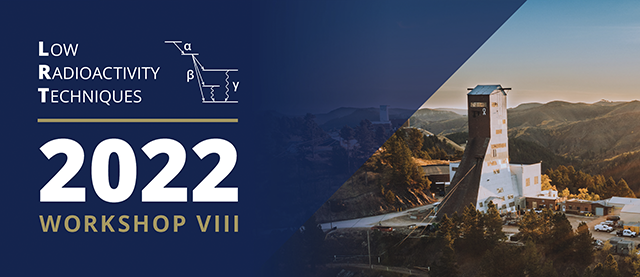Speaker
Description
The ${\rm M{\scriptsize AJORANA}~D{\scriptsize EMONSTRATOR}}$ is a neutrinoless double-beta decay ($0{\rm \nu\beta\beta}$) experiment containing ~30 kg of p-type point contact germanium detectors enriched to 88% in ${^{76}{\rm Ge}}$ and ~14 kg of natural germanium detectors. The detectors are housed in two electroformed copper (EFCu) cryostats and surrounded by a graded passive shield with active muon veto. An extensive radioassay campaign was performed prior to installation to insure the use of ultra-clean materials. The ${\rm D{\scriptsize EMONSTRATOR}}$ achieved one of the lowest background rates in the region of the $0{\rm \nu\beta\beta}$ Q-value, 11.9 $\pm$ 2.0 cts/(FWHM t y) from the low-background configuration of the initial 26 kg-yr exposure. Nevertheless this background rate is a factor of four higher than the projected background rate. This discrepancy arises from an excess of events from the ${^{232}{\rm Th}}$ decay chain. Background model fits aim to understand this deviation from assay-based projections, potentially determine the source(s) of observed backgrounds, and allow a precision measurement of the two-neutrino double-beta decay half-life. The fits agree with earlier simulation studies, which indicate the origin of the ${^{232}{\rm Th}}$ excess is not from a near-detector component and have informed design decisions for the next-generation LEGEND experiment. Recent findings have narrowed the suspected locations for the excess activity, motivating a final simulation and in-situ assay campaign to complete the background model.
*This material is supported by the U.S. Department of Energy, Office of Science, Office of Nuclear Physics, the Particle Astrophysics and Nuclear Physics Programs of the National Science Foundation, and the Sanford Underground Research Facility.

